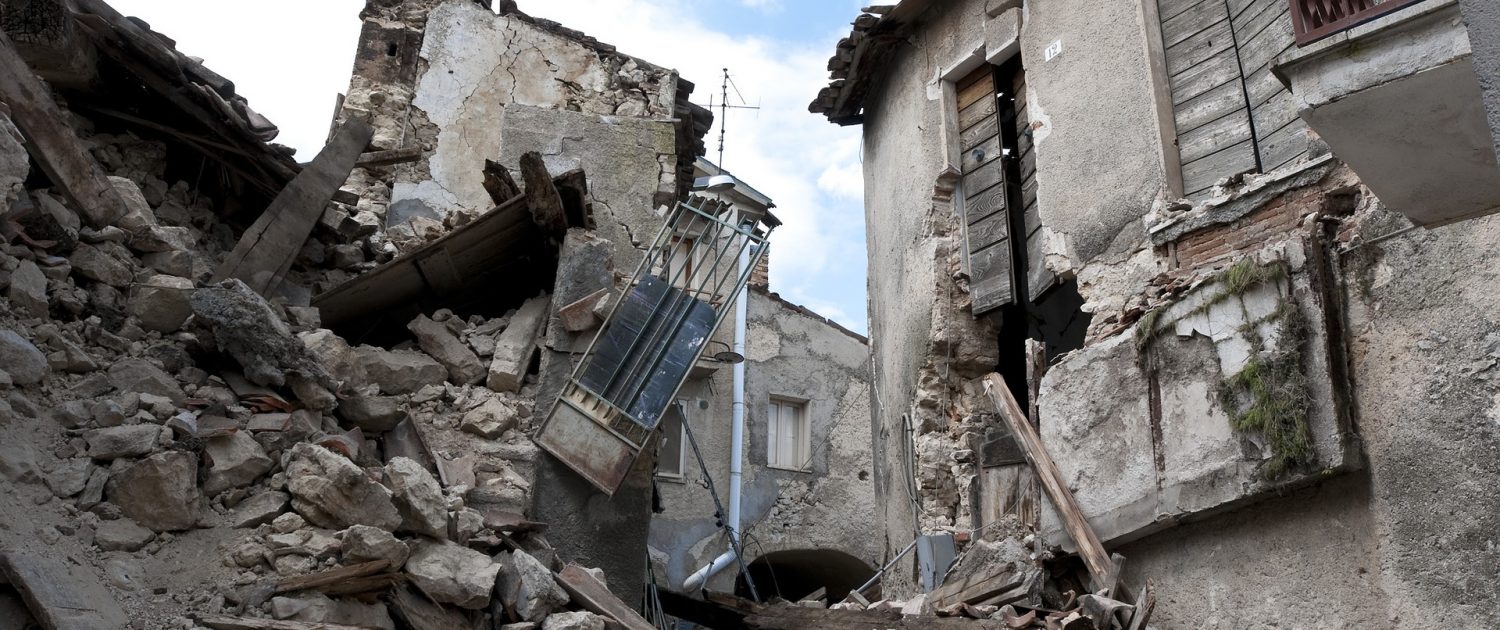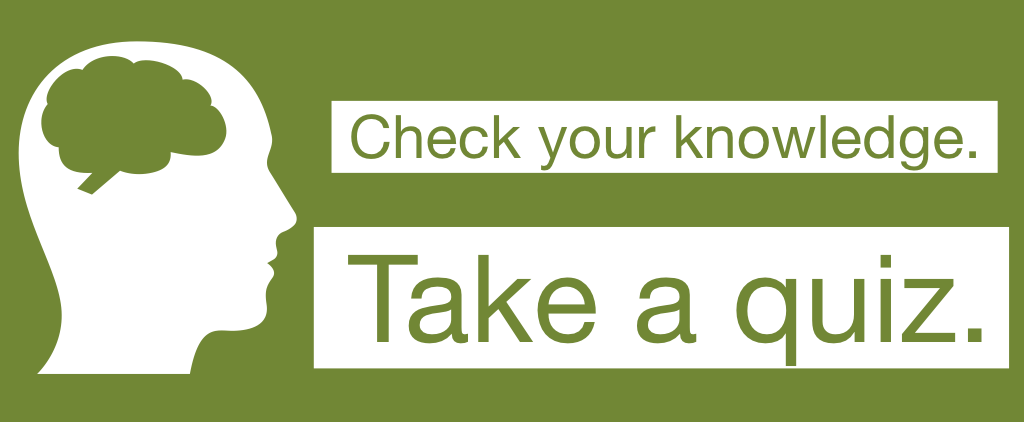What are the effects of tectonic hazards?
There are two types of effects caused by tectonic hazards, these are primary and secondary effects. Primary effects are things that happen immediately as a result of a hazard. Secondary effects are things that happen in the hours, days and weeks after the initial hazard.
What are the primary effects of an earthquake?
The primary effects of an earthquake can include:
- People killed and injured.
- Property, buildings and homes destroyed.
- Bridges, roads, ports and railways destroyed.
- Gas and water pipes and electric cables are broken.
What are the secondary effects of an earthquake?
The secondary effects of an earthquake can include:
- The economy slowing due to money being spent repairing damage and business activity reduced.
- Blocked transport infrastructure restricts emergency services from rescuing people.
- Burst water pipes lead to a shortage of fresh water, poor sanitation and illness.
- Fires starting due to broken gas pipes and fallen electricity cables.
What are the primary effects of a volcanic eruption?
The primary effects of a volcanic eruption can include:
- Farmland and property destroyed.
- People and livestock killed and injured.
- Air travel restricted or cancelled due to ash in the atmosphere.
- Contaminated water supplies.
What are the secondary effects of a volcanic eruption?
The secondary effects of a volcanic eruption can include:
- Emergency services struggle to arrive.
- Glaciers covering volcanoes melt, causing flooding.
- Rainfall and meltwater mix with volcanic ash to create mudflows (lahars).
- Tourism increases with people interested in seeing the impact of the volcanic eruption.
- Ash provides fertile soil for agriculture.
Related Topics
Use the images below to explore related GeoTopics.




